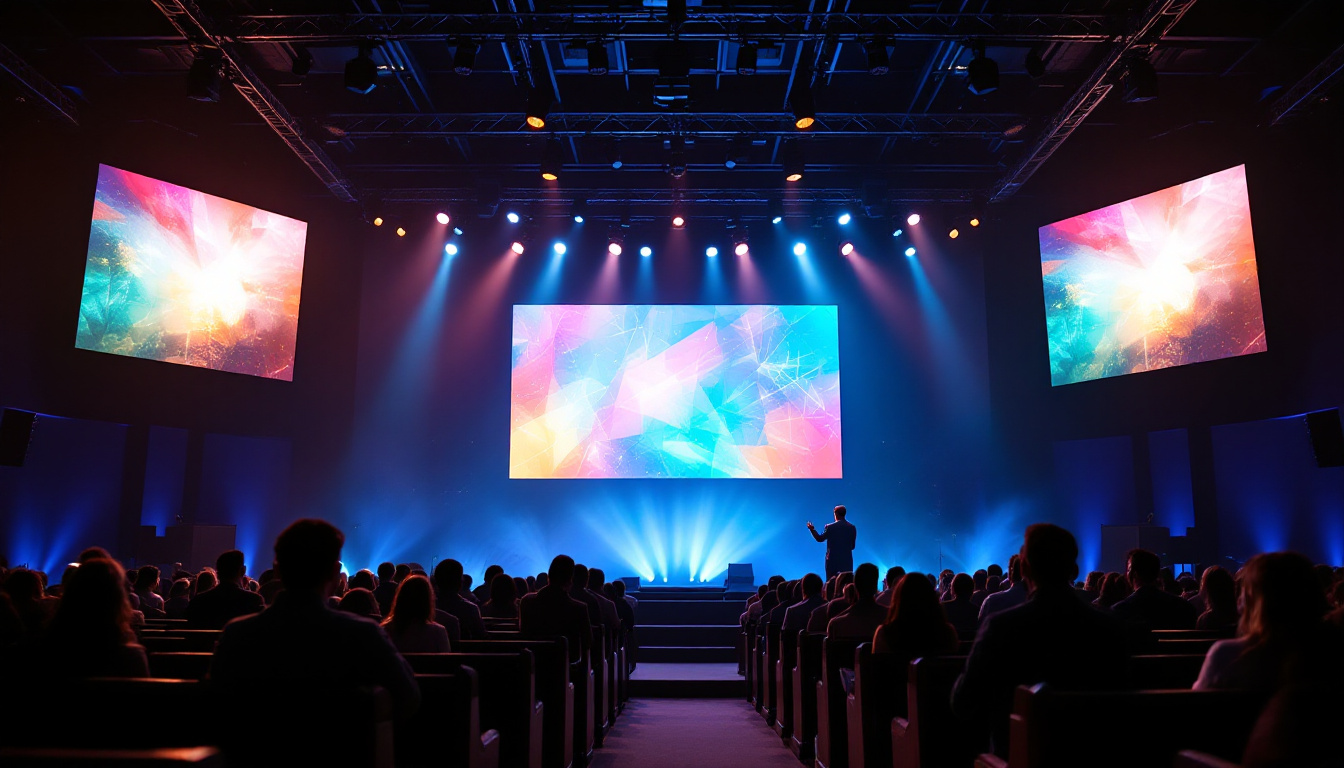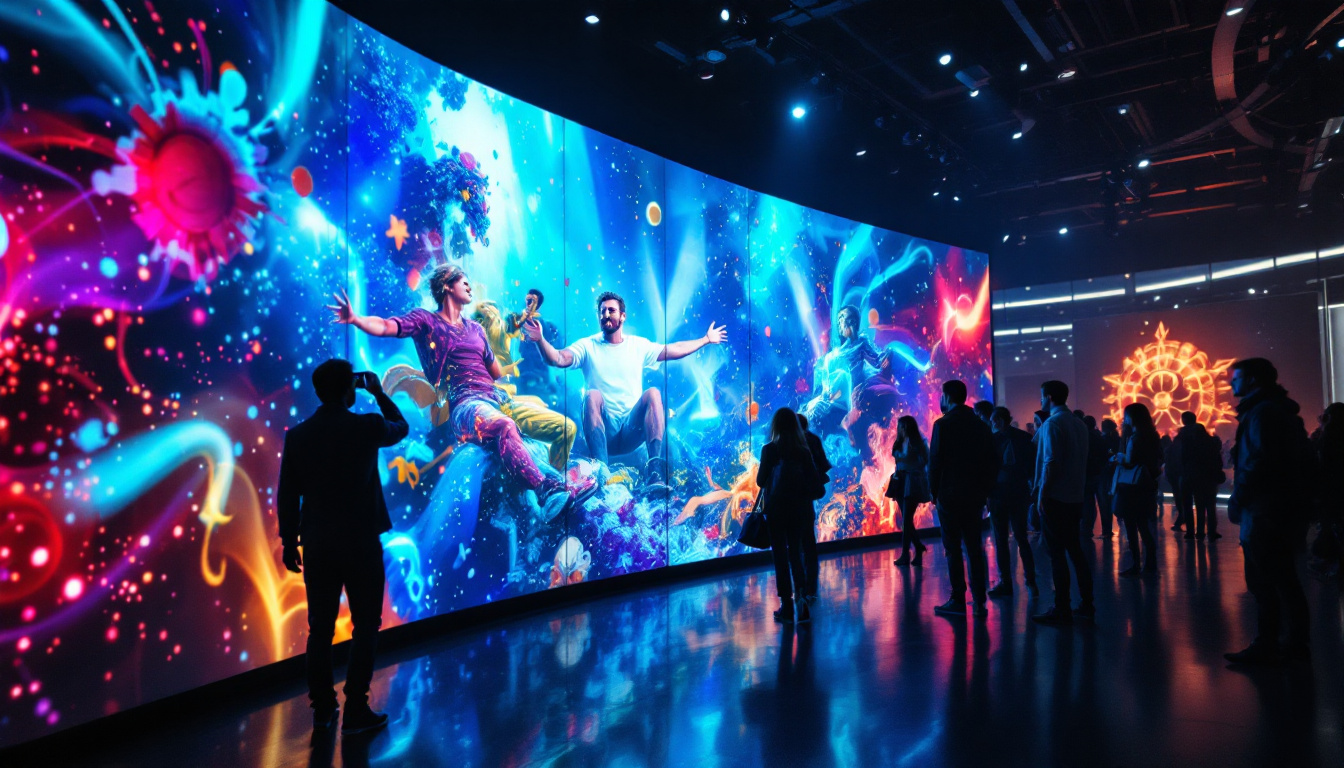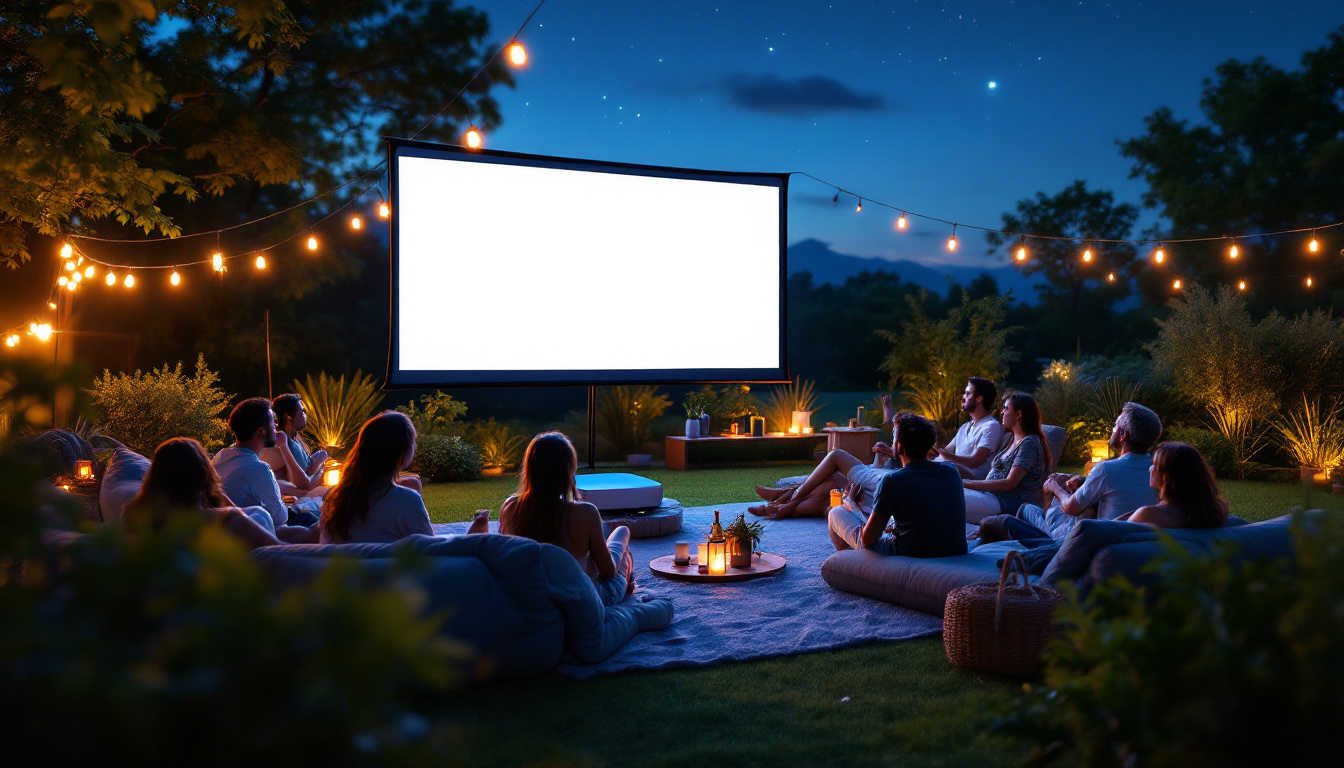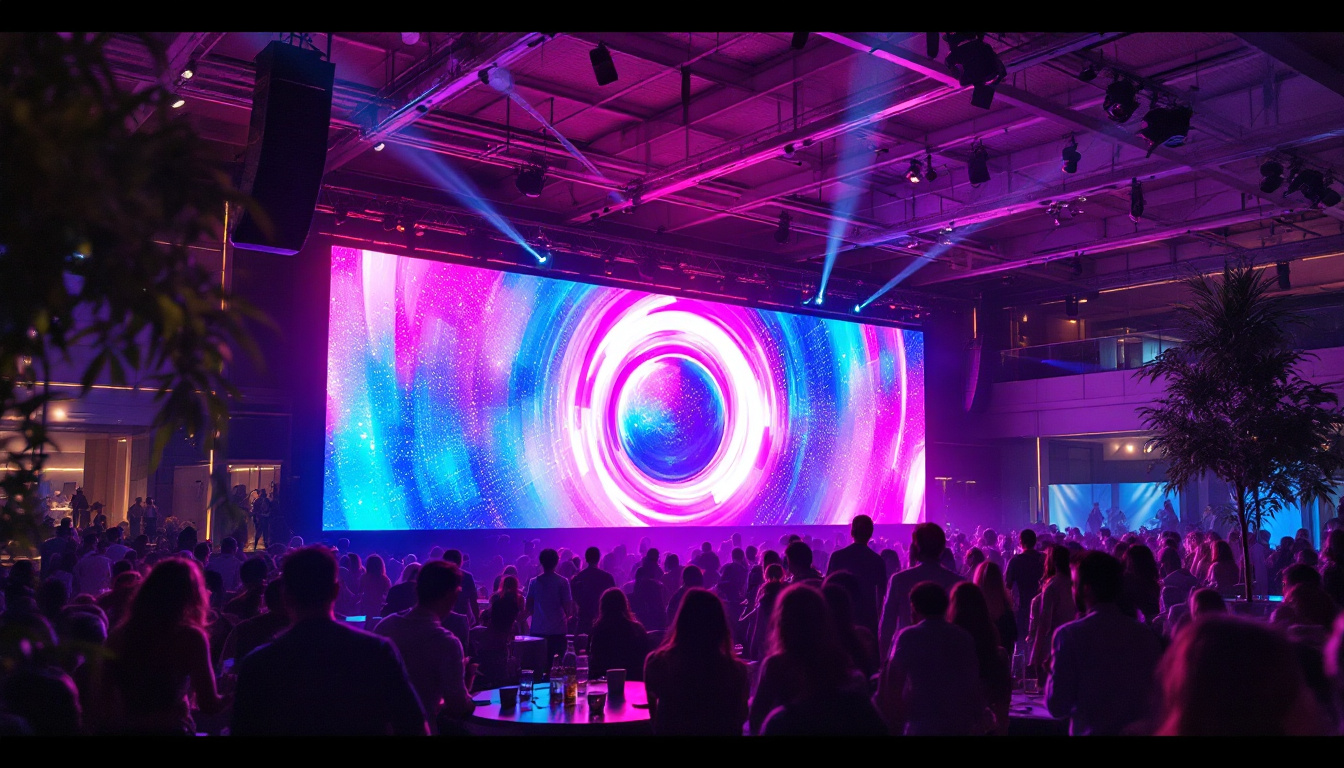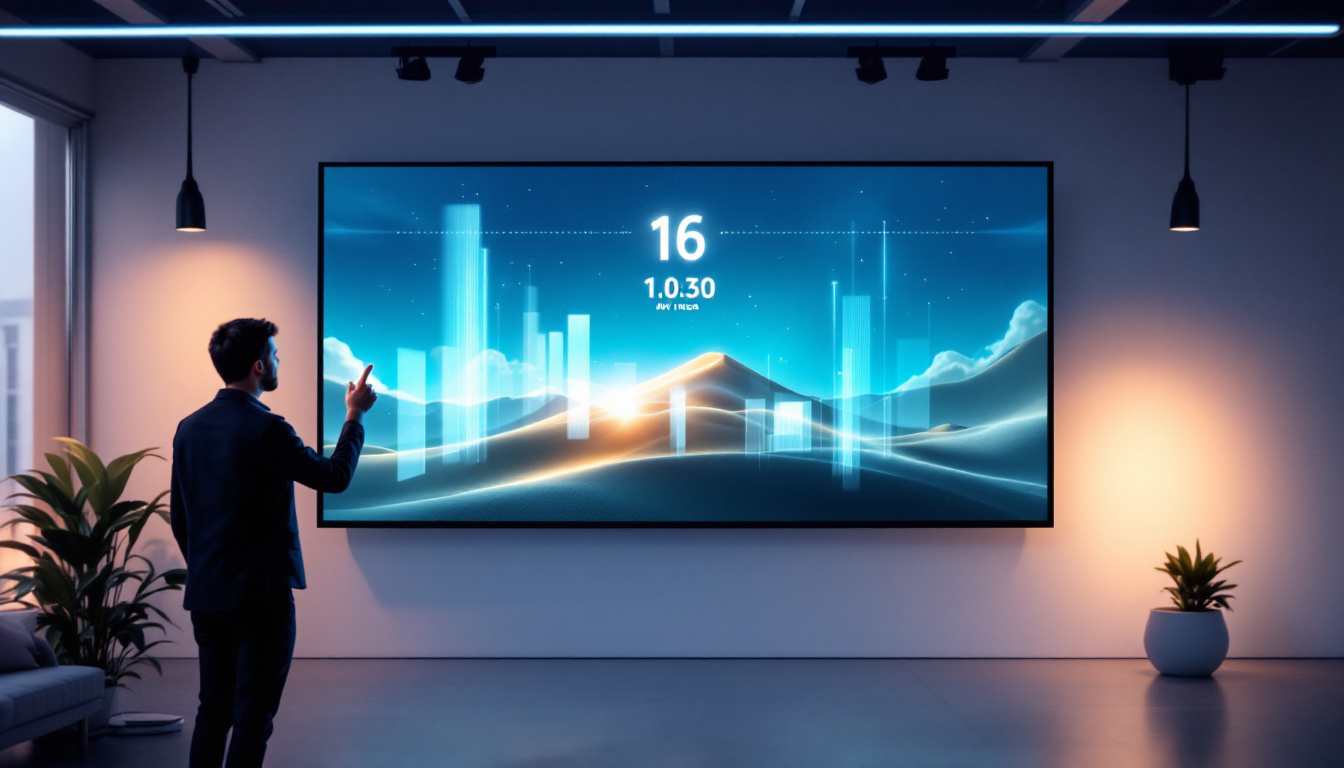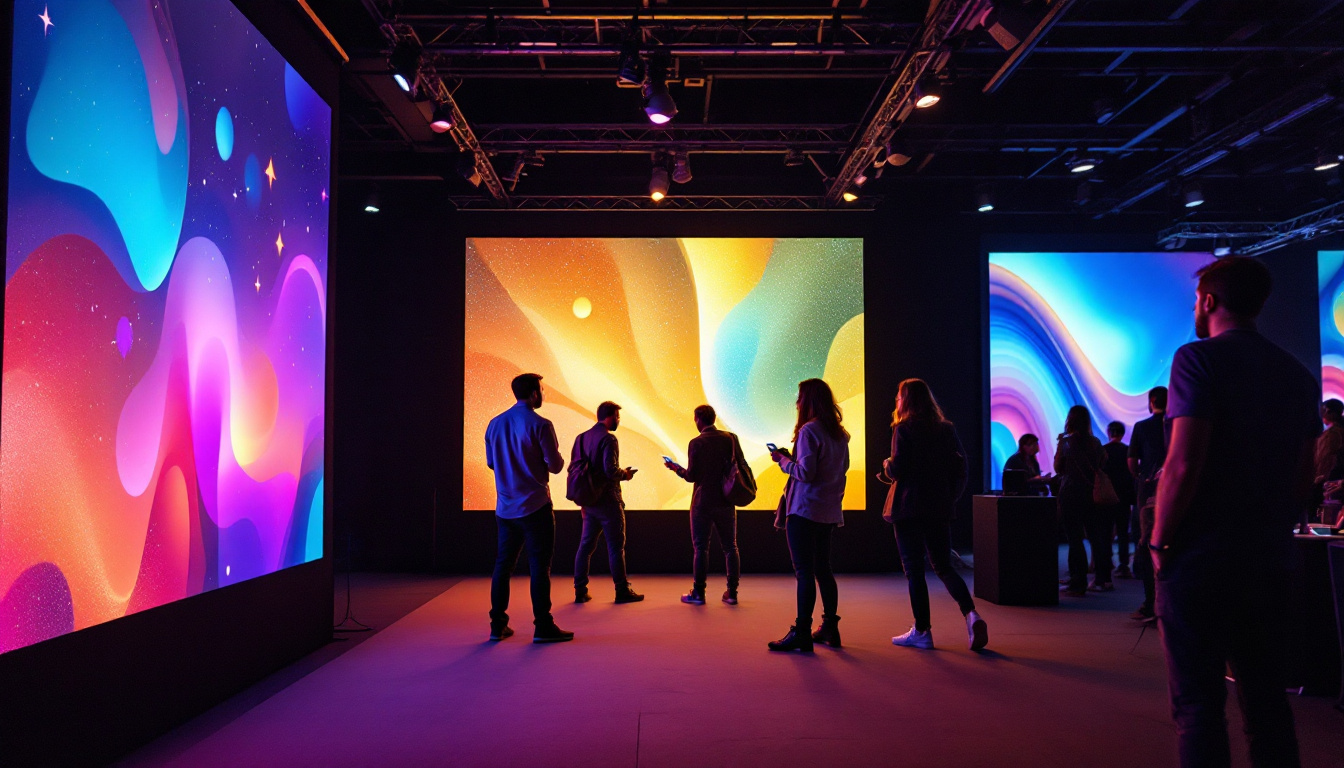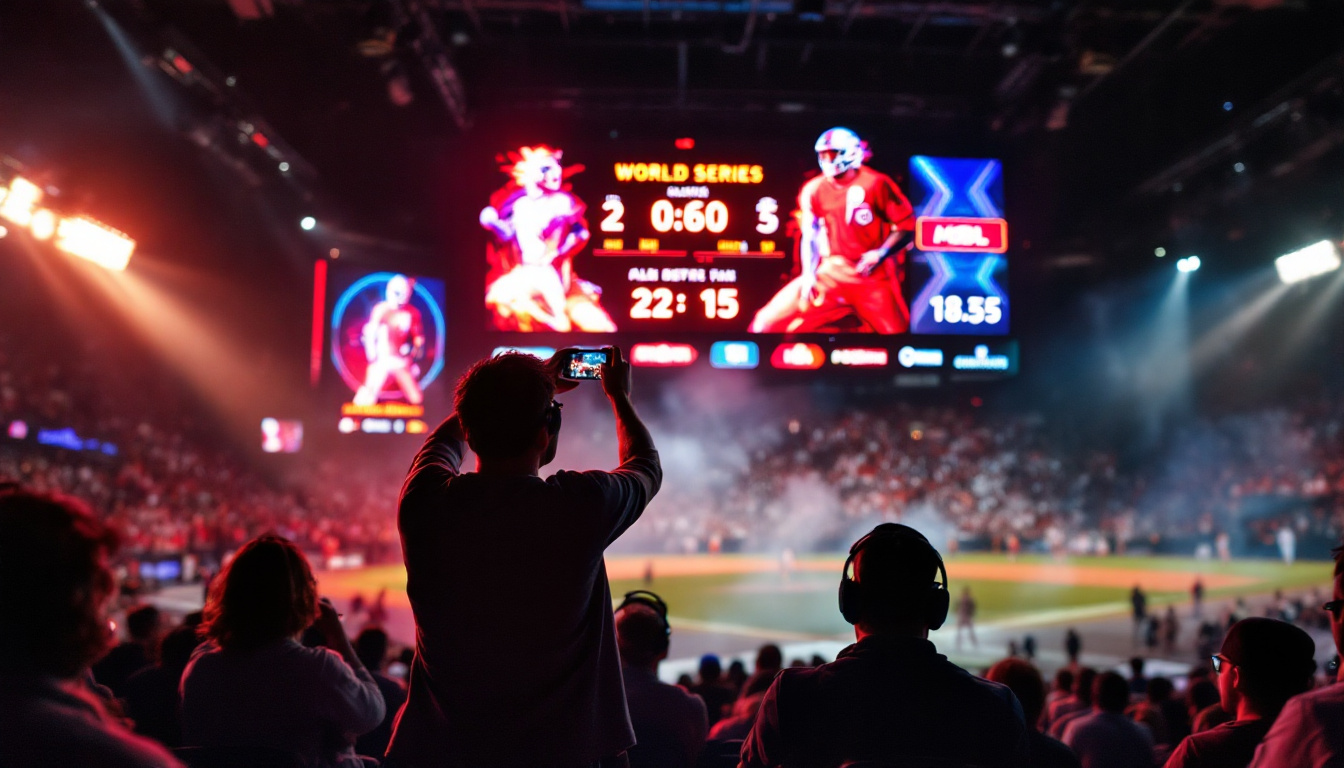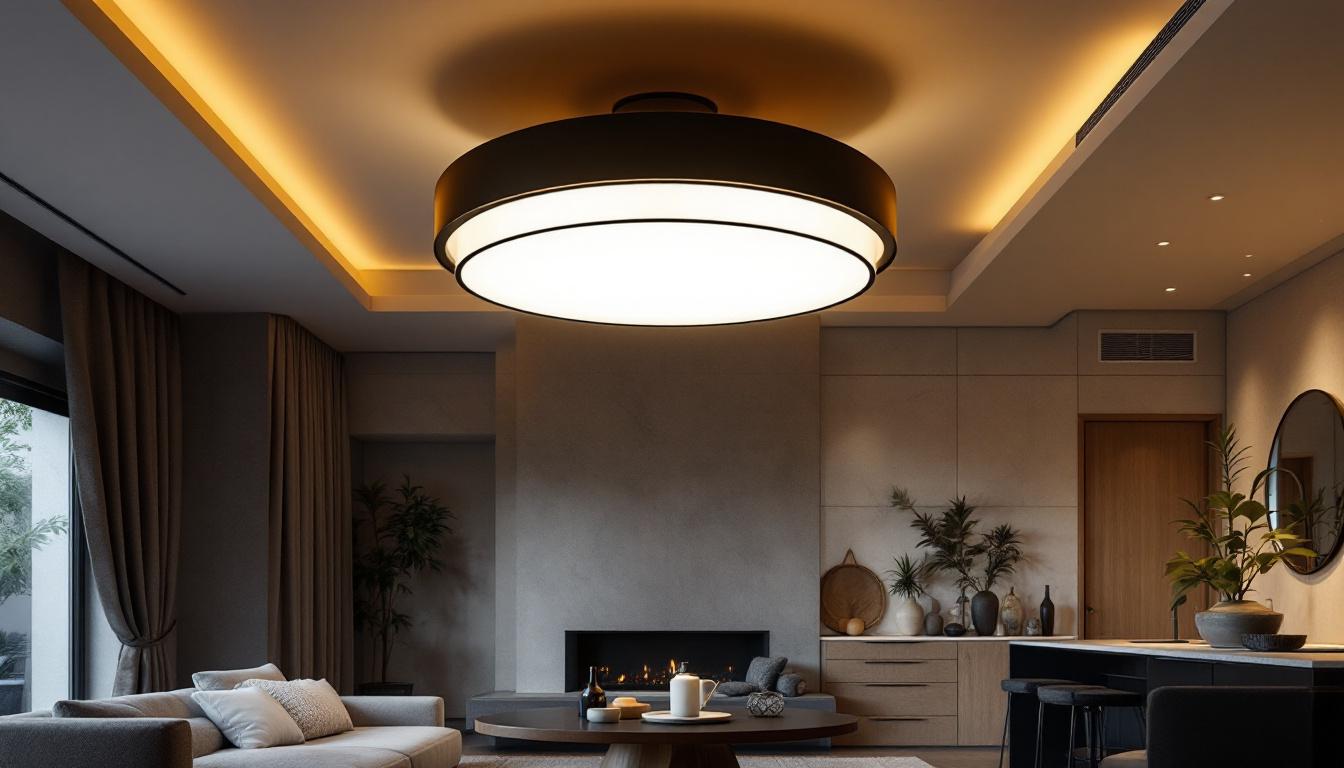In recent years, LED screens have become an integral part of the worship experience in many churches. These vibrant displays not only enhance the visual appeal of services but also facilitate communication and engagement among congregants. This article delves into the various aspects of LED screens tailored for churches, exploring their benefits, types, and considerations for implementation.
Understanding LED Technology
LED, or Light Emitting Diode, technology has revolutionized the way visual content is displayed. Unlike traditional projectors or screens, LED displays offer superior brightness, energy efficiency, and longevity. This section will explore the fundamentals of LED technology and its specific advantages for church environments.
How LED Screens Work
At its core, an LED screen consists of numerous small diodes that emit light when an electric current passes through them. These diodes are arranged in a grid, allowing for the creation of images, videos, and text. The combination of red, green, and blue (RGB) diodes produces a full spectrum of colors, resulting in vibrant and dynamic visuals.
The ability to control each pixel individually allows for high-resolution images and smooth transitions, making them ideal for displaying lyrics, announcements, and multimedia presentations during services.
Benefits of LED Screens in Churches
Incorporating LED screens into church settings offers numerous advantages. One of the most significant benefits is improved visibility. Whether in a large sanctuary or a smaller gathering space, LED displays ensure that everyone can see the content being presented, regardless of their seating position.
Additionally, LED screens are energy-efficient and have a long lifespan, reducing maintenance costs over time. Their versatility allows churches to use them for various purposes, including live streaming services, displaying sermon notes, and even hosting community events.
Types of LED Screens for Churches
When considering LED screens for a church, it is essential to understand the different types available. Each type serves a unique purpose and offers various features that can enhance the worship experience. Here are the primary types of LED screens commonly used in church settings.
Indoor LED Displays
Indoor LED displays are designed specifically for use within buildings. They typically have a higher pixel density, resulting in sharper images and text. These screens are ideal for worship services, allowing congregants to follow along with lyrics, sermon notes, and other visual content.
Indoor displays come in various sizes and configurations, making it easy to find a solution that fits the specific needs and layout of a church. From small screens for intimate settings to large video walls for expansive sanctuaries, the options are plentiful.
Outdoor LED Displays
Outdoor LED displays are built to withstand the elements, featuring weather-resistant materials and coatings. These screens are often used for community events, outdoor services, or announcements in church parking lots. Their high brightness levels ensure visibility even in direct sunlight, making them a valuable asset for any church looking to engage with the community.
Outdoor displays can also be used for live streaming services, allowing those who cannot enter the building to participate in worship from outside. This feature has become increasingly important, especially during times when social distancing is necessary.
Mobile LED Screens
Mobile LED screens offer flexibility and convenience for churches that host events in various locations. These portable displays can be easily transported and set up, making them ideal for outreach programs, community gatherings, or even multi-site church services.
Mobile screens often come with their own stands and power sources, allowing for quick deployment and minimal setup time. This adaptability makes them a popular choice for churches looking to extend their reach beyond the traditional sanctuary.
Key Considerations for Choosing LED Screens
Selecting the right LED screen for a church involves several key considerations. Understanding the specific needs of the congregation, the intended use of the screen, and the available budget are all critical factors in making an informed decision.
Size and Resolution
The size of the LED screen should be determined by the space in which it will be installed. A larger sanctuary may require a bigger screen to ensure that all congregants can see the content clearly. Additionally, the resolution of the screen is vital; higher resolution screens provide clearer images and text, which is particularly important for displaying lyrics and sermon notes.
It is advisable to consider the viewing distance when selecting screen size and resolution. A general rule of thumb is that the larger the screen, the closer the audience can sit without losing clarity.
Installation and Maintenance
Proper installation is crucial for the optimal performance of LED screens. Churches should consider hiring professional installers to ensure that the screens are mounted securely and positioned for maximum visibility. Additionally, maintenance is an essential aspect of keeping LED displays in top condition. Regular cleaning and periodic checks can help extend the lifespan of the screens.
Churches should also inquire about warranty options and support services offered by the manufacturer or supplier. This can provide peace of mind and ensure that any issues can be resolved quickly and efficiently.
Budget and Financing Options
Budget is often a determining factor when choosing LED screens for churches. It is essential to establish a clear budget that includes not only the initial purchase cost but also installation and maintenance expenses. Some churches may explore financing options or fundraising campaigns to help cover the costs.
Investing in LED technology can be seen as a long-term commitment that enhances the worship experience and fosters community engagement. Therefore, it is worth considering the return on investment when evaluating budget constraints.
Enhancing Worship with LED Screens
LED screens have the potential to transform the worship experience in profound ways. By incorporating dynamic visuals, churches can create an engaging atmosphere that resonates with congregants and fosters a sense of community.
Visual Storytelling
One of the most impactful ways to use LED screens is through visual storytelling. By displaying images, videos, and graphics that complement the sermon or theme of the service, churches can create a more immersive experience for attendees. This approach not only captures attention but also reinforces the message being conveyed.
For instance, during a sermon about compassion, displaying images of community outreach efforts can evoke emotional responses and inspire congregants to take action. Visual storytelling can make abstract concepts more tangible and relatable, fostering deeper connections among the congregation.
Interactive Elements
LED screens can also facilitate interactive elements during services. For example, churches can use screens to display live polls, prayer requests, or social media interactions. This interactivity encourages congregants to participate actively in the service, making them feel more connected to the community.
Additionally, incorporating multimedia elements such as music videos, testimonials, or guest speakers can enhance the overall worship experience, providing a diverse range of content that appeals to different demographics within the congregation.
Case Studies: Successful Implementations
Many churches have successfully integrated LED screens into their worship services, resulting in enhanced engagement and community involvement. Here are a few case studies that highlight the positive impact of LED technology in church settings.
Community Engagement at Riverside Church
Riverside Church, located in a bustling urban area, sought to enhance its community engagement efforts. By installing a large outdoor LED display, the church was able to broadcast live services and community events to the surrounding neighborhood. This initiative not only attracted new visitors but also fostered a sense of belonging among community members.
The outdoor screen became a focal point for various events, including holiday celebrations and outreach programs, effectively bridging the gap between the church and the local community.
Visual Worship at Grace Fellowship
Grace Fellowship, a mid-sized church, decided to invest in an indoor LED display to enhance its worship services. The screen was used to display lyrics, sermon notes, and multimedia presentations, creating a more engaging atmosphere for congregants. The church reported an increase in participation during worship, with congregants more actively involved in singing and following along with the message.
Additionally, the church utilized the screen for special events, such as baptisms and guest speakers, further enriching the worship experience and creating lasting memories for attendees.
Future Trends in LED Technology for Churches
The landscape of LED technology continues to evolve, with new advancements that promise to further enhance the worship experience in churches. Staying informed about these trends can help churches make informed decisions about their audiovisual needs.
Improved Resolution and Color Accuracy
As technology advances, LED screens are becoming increasingly capable of delivering higher resolutions and improved color accuracy. This means that churches can expect even more vibrant and lifelike visuals, enhancing the overall worship experience.
With the rise of 4K and even 8K resolution displays, churches can look forward to crystal-clear images that capture every detail, making it easier for congregants to connect with the content being presented.
Integration with Streaming Services
The integration of LED screens with streaming services is another trend that is gaining traction. As more churches embrace hybrid worship models, having the ability to stream services seamlessly to both in-person and online audiences is crucial.
LED screens can be used to display live feeds, ensuring that everyone, regardless of their location, can participate in the worship experience. This integration opens up new avenues for outreach and connection, allowing churches to reach a broader audience.
Conclusion
LED screens have become a vital tool for churches looking to enhance their worship experience and engage their congregations. By understanding the technology, types, and considerations involved in selecting LED displays, churches can make informed decisions that align with their mission and goals.
The benefits of LED screens extend beyond aesthetics; they foster community engagement, facilitate interactive worship, and create memorable experiences. As technology continues to advance, the possibilities for LED displays in churches are limitless, promising a bright future for worship and community connection.
Discover LumenMatrix LED Display Solutions for Your Church
Ready to elevate your worship experience and engage your congregation with cutting-edge LED technology? LumenMatrix offers a comprehensive range of LED display solutions tailored to meet the unique needs of your church. From vibrant Indoor LED Walls to weather-resistant Outdoor Displays and flexible Mobile LED options, our products are designed to captivate and inspire. Embrace the future of visual communication with LumenMatrix and create unforgettable worship experiences. Check out LumenMatrix LED Display Solutions today and witness the transformation in your house of worship.

